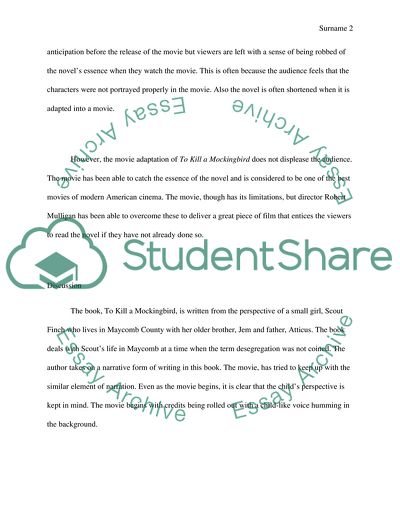Cite this document
(“Comparison and Contrast Essay Example | Topics and Well Written Essays - 1750 words”, n.d.)
Retrieved from https://studentshare.org/english/1651718-comparison-and-contrast
Retrieved from https://studentshare.org/english/1651718-comparison-and-contrast
(Comparison and Contrast Essay Example | Topics and Well Written Essays - 1750 Words)
https://studentshare.org/english/1651718-comparison-and-contrast.
https://studentshare.org/english/1651718-comparison-and-contrast.
“Comparison and Contrast Essay Example | Topics and Well Written Essays - 1750 Words”, n.d. https://studentshare.org/english/1651718-comparison-and-contrast.


